6 Things to Know Before Traveling to Norway
When is the best time to go to Norway? Just how expensive is it? And are the Northern Lights worth the effort? Nomad Bill shares his tips for making the most out of your visit, from what to eat to embracing the long winter nights.
 Photo © Getty Images / Glenn Pettersen
Photo © Getty Images / Glenn Pettersen
Norway lives up to its reputation for stunning fjords, majestic mountains, and picturesque towns. And yet, each time I visit, Norway continues to surprise me with new places to discover and some surprisingly affordable ways to do it. Here are six things to know to help make your Norway trip great.
- Fjords and snowboards: adventures for anyone, any time
- Northern lights in Norway: yes, it’s worth the effort
- Embrace Norway’s dark side: nordic Noir and Black Metal in the blue light
- There’s more to Norwegian food than herring (but still lots of herring!)
- Norway is expensive, but can be manageable
- Autumn is a great time to visit Norway
1. Fjords and snowboards: adventures for anyone, any time
While Norwegians dominate the Olympics in their national sport of cross-country skiing, you don’t have to be a world-class athlete to enjoy the country’s friluftsliv, the “outdoor lifestyle.” In winter, even beginner Nordic skiers like me can ungracefully (but joyfully) traverse any of hundreds of miles of groomed trails just outside the capital city of Oslo, and in summer these trails double as gentle, wooded hiking paths. You can sit back in warmth and comfort under blankets on a dogsled ride, or toast a late summer sunset relaxing on a sailboat.
But, if you do want to go big, Norway has endless, epic backcountry hikes into wild fjord landscapes, bike treks along challenging, winding roads, and heart-palpitating downhill snowboarding runs. Given the extremes of terrain, climate and adventures, make sure to pack layers of outdoor clothes regardless of season, to be able to easily peel off and put on as the weather changes. Surprisingly, due to the Gulf Stream, Norway’s weather is quite moderate along the west coast in winter, with even Tromso, deep within the Arctic Circle, still averaging a high of 30°F (-1°C) in January (the interior is another story, with -40°F/C winter temps a common occurrence).
2. Northern lights in Norway: yes, it’s worth the effort
I almost thought it was fake – some kind of movie projection – the first time I watched the green and yellow shimmering, dancing Northern Lights. This dazzling natural phenomenon of the Aurora Borealis can regularly be seen October through March in the northern half of Norway, with the cosmic performance growing more vivid and dramatic the farther north you go and the deeper the winter darkness. Yes, it’s a haul getting up north by boat, rail, plane, or car, and you’re at the mercy of the weather, but you’ll find this a worthwhile life experience, as photos hardly compare.

Sailing up the coast on an expedition cruise (or aboard a commuter ferry) gets you into fjord areas only accessible by ship and offers great viewing opportunities (but lousy photography due to the ship’s motion).
3. Embrace Norway’s dark side: nordic Noir and Black Metal in the blue light
“Don’t you get depressed when it’s dark 23 hours a day in winter?” I asked a resident in a small village deep in the Arctic Circle. “Only if you have a bad attitude,” he answered, “I think our ‘blue light’ is beautiful!”
Norway is more than just summertime scenes of statuesque blondes posing atop unspoiled fjords bathed in sunshine. Long winters, rough seas, and rougher port towns harkening back to the Viking era have created a certain national attraction to darkness. You can see this in Norway’s popular hardcore “Black Metal” music scene, and its bleak but best-selling ultraviolent “Nordic Noir” genre of fiction such as Jo Nesbo’s Harry Hole series.
Expand your Norwegian horizons by exploring Norway’s dark side, with a winter visit to appreciate the blue twilight atmosphere, best accented with a live metal show in Oslo or Trondheim, a Harry Hole walking tour in Oslo (at night, of course), a visit to Oslo’s Black Metal Museum or Trondheim’s Rockheim metal music exhibits.
4. There’s more to Norwegian food than herring (but still lots of herring!)
With its extensive coastline and huge fishing industry, Norway’s seafood is plentiful and popular, with none more ubiquitous than the humble herring. I’ve had it dried, smoked, grilled, fried and pickled, in stews, salads, sandwiches, and sauces. You can’t help but try the “silver of the sea!”
But in recent years, Norwegian dining has expanded far beyond traditional fish and bread fare. Eleven Michelin-starred restaurants in Norway showcase innovative Nordic cuisine with locally foraged ingredients, and more diverse ethnic fusion entrees. For full Norwegian immersion, take a pinch of the popular snus chewing tobacco and a shot of herb-infused Aquavit spirits and you’ll earn the respect (or at least some laughter) from locals.
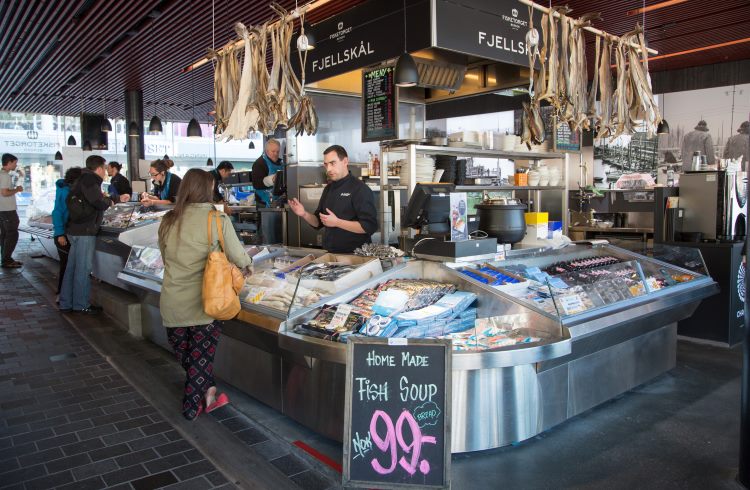
5. Norway is expensive, but can be manageable
Norway is infamous as one of the most expensive destinations in the world, and yes, a beer in a bar runs US $10, a standard restaurant meal for two well over US $100, with some of the most expensive lodging in Europe, and even pricey public transit. But don’t despair – it’s still possible to enjoy a fairly affordable visit.
First, look for the freebies. Go for a hike in nature, a walk around town, use free bike rental from hotels, or visit some of the many free (or admission-free days) at museums and sculpture gardens. Camping is free and popular, so long as you’re 490ft (150m) from the nearest habitation, so bring a tent.
Take advantage of reduced-price ticket deals, such as the Oslo Pass, which offers unlimited public transit rides, free entrance to museums, and restaurant discounts. Look for “Minipris” bargain ticket deals on the often-expensive Vy distance rail lines.
Shop for food (and alcohol) in supermarkets, where cheaper generic brands provide some good deals for picnicking, camping, and vacation rentals.
Note that Norway uses the Kroner, not Euros. The US dollar is stronger against the Kroner than it was about a decade ago (about 10 Kroner/dollar in January 2023), so it’s relatively cheaper than it has been historically.
6. Autumn is a great time to visit Norway
Summer is spectacular in Norway, with long sunny days and a general euphoria sweeping the nation with plenty of festivals and fun. However, everyone knows this and flocks to the country, resulting in higher prices, crowded tourist spots and some closings of restaurants or shops, as many locals travel during summer as well. If you’re looking for more peaceful travels with still-awesome scenery and reasonable weather, try a visit to Norway in the late August to early November timeframe. You’ll be able to see incredible fall foliage, enjoy crisp mountain air, and experience some nice harvest festivals without the crowds and high prices of summer. Note that weather becomes more variable in fall, so bring your rain gear and warm layers, and allow for some flexibility.
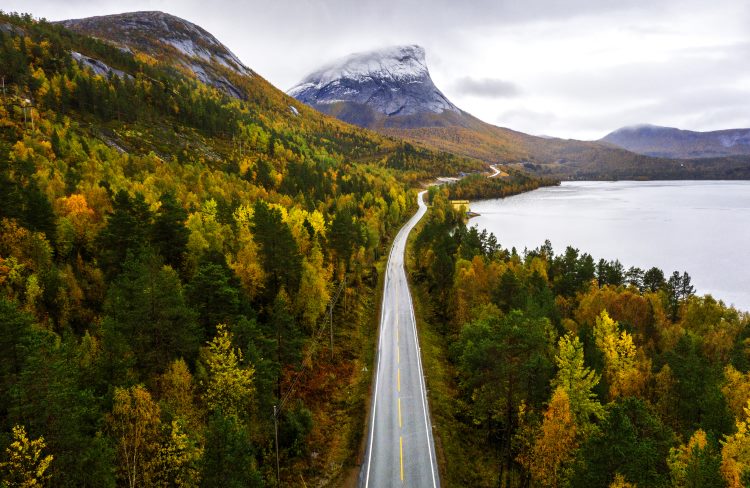
Related articles
Simple and flexible travel insurance
You can buy at home or while traveling, and claim online from anywhere in the world. With 150+ adventure activities covered and 24/7 emergency assistance.
Get a quote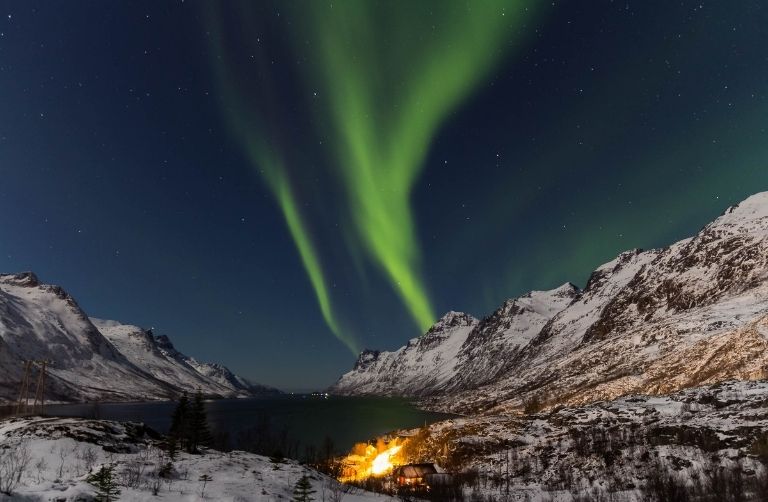
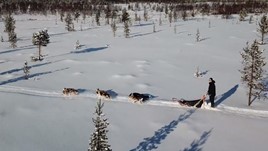
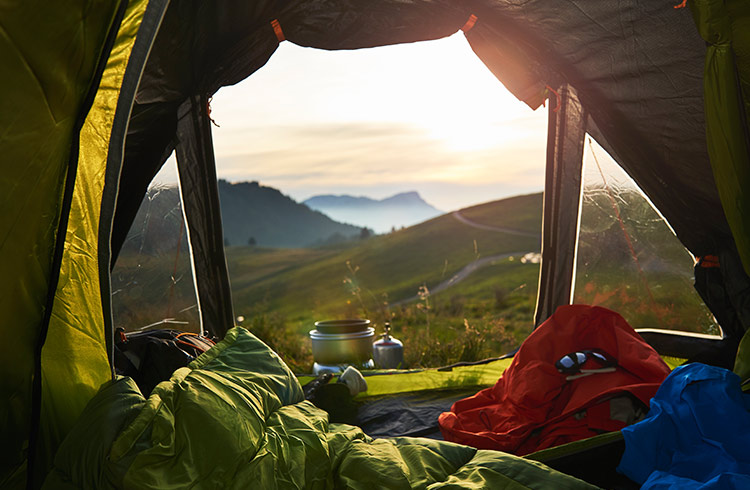
No Comments